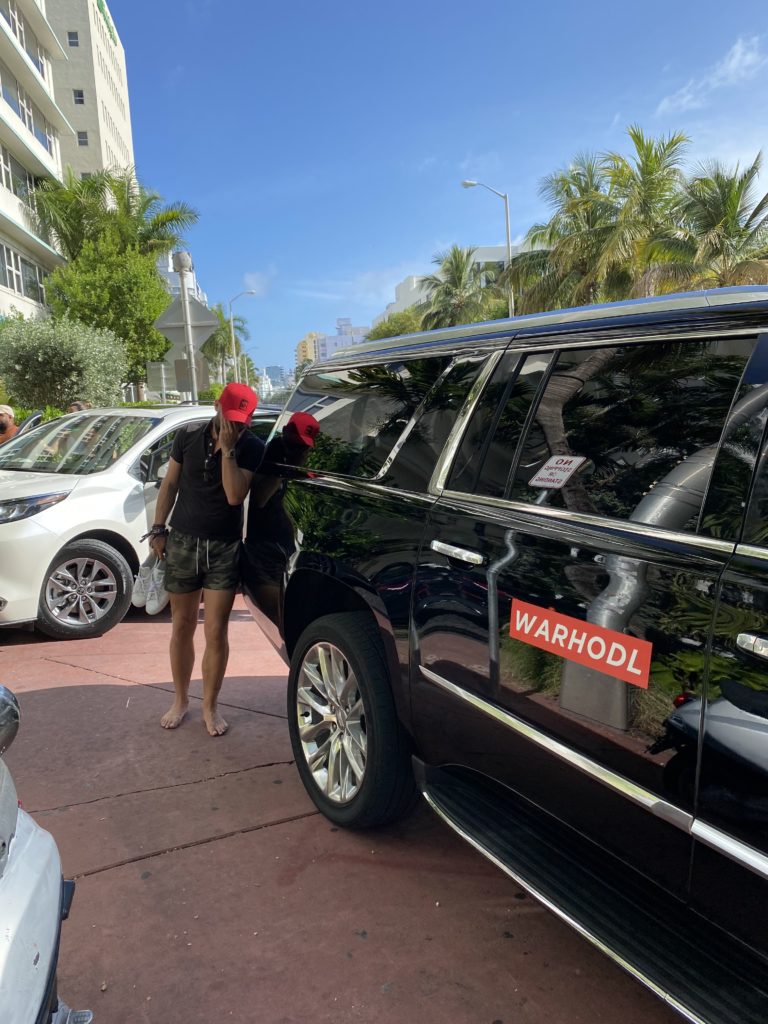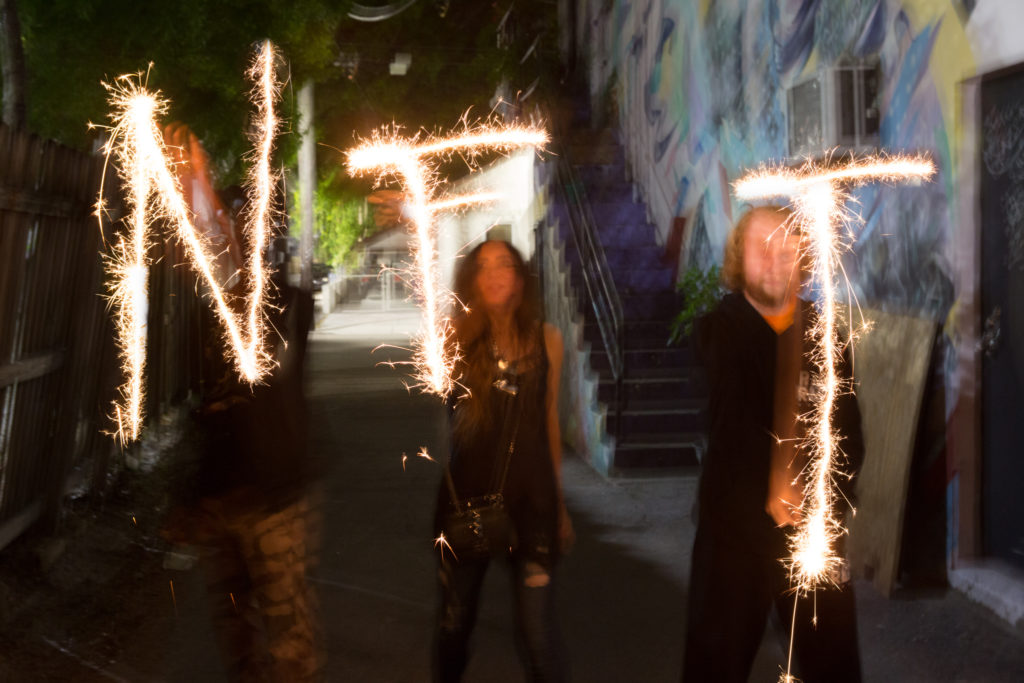Miami is always filled with energy, but this past week, frequencies were even higher than usual. That’s because approximately 50,000 people descended on the coastal city for the 2021 Bitcoin conference.
What made this year so special was the broad range of parallel events that were running alongside the conference. From the Shitcoin conference at Wynwood Factory to a host of unofficial NFT events (including NFT Basel and six events produced by NFTs.tips), it was clear that despite the state of the market – the enthusiasm around crypto right now is magnetic.

People from all sides of the emerging NFT sector were in Miami, showcasing digital and crypto art and relatively new use cases for the technology. This included proof-of-attendance protocol (POAP) tokens used by the Lottery NFT (which minted on crypto.com) to unlock prizes for event attendees. Experiences gifted to POAP holders included tickets to the Mayweather vs. Paul fight, a merch bundle, and more.
While many conversations were had about NFTs in conference rooms, poolside, and on the dancefloor- it was evident throughout the week that many people are still in the process of fully understanding NFT technology and how it can apply to their brand vision or personal investment strategy.
One phrase that seemed to be floating around quite a bit is “NFT art.” Because NFTs are essentially digital tokens that prove ownership, uniqueness, and authenticity; the question stands -isn’t it still just digital or crypto art utilizing NFT technology?
A great application of Digi/Physi (digital artwork with a physical component) was Warhodl’s presentation during the Bitcoin Conference. Warhodl is a breakout artist in the NFT space and the only official art presentation at Bitcoin Miami 2021. “The Soup Factory” was the artist’s first IRL pop-up and included digital NFTs with physical components. Warhodl had a record-breaking weekend, selling almost 100 pieces over two days, including thirteen pieces to one single collector.
As potential collectors and members of the traditional fine art world scrutinize the value of digital art, the inclusion of a physical collectible appears to be a means to build a bridge over to this seemingly inevitable future.
Even with the NFT buzz, Bitcoin was, and still remains the star of the show. With news coming in post-conference announcing that El Salvador would become the first country to use the cryptocurrency as legal tender. The IMF has raised concerns over this deal, but it appears Bitcoin may have deals in the works with other countries as well.
Beyond the Bitcoin standard, new tokens and startups were on display at alt-venues in Little Havana, Miami Beach, Brickell and the design district. From “crypto for veterans” platform Military.Finance to Tezos minting platform Kalamint, Miami was filled with unique value propositions and solutions to aid in the growing crypto market.

It’s clear that the roadmaps for the NFT space are just beginning to be drawn. The opportunity to blueprint how NFT technology will be utilized on a large scale creates immense excitement but also presents unsolved challenges. For one, the scalability of digital display frames could be prohibitive to mass adoption by the general public. Other challenges include the need for more education on the collector side, as new collectors are learning what it means to be responsible for assigning financial value to art.
However, for every one challenge, there are at least ten ideas of how this technology can transform the creative economy, protect the supply chain, and do social good. If anything, Miami solidified the notion that blockchain has arrived, cryptocurrency is the future, and NFTs are just getting started.



